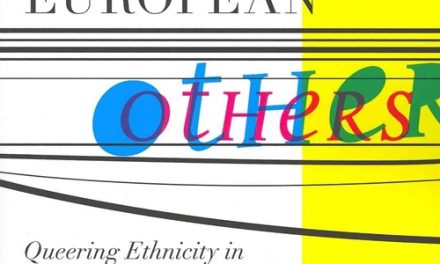Author: Suzanne Bates
Publisher: McGraw Hill, 230 pages
Book Review by Nano Khilnani
Steve Jobs has been cited by Suzanne Bates in this book as a prime example of a CEO who not only became a “brand” identified with Apple, but virtually an icon, first in the world of computers, then with mobile communications devices. Jobs’ immense creativity led to products that changed people’s ways of live forever, and in the process made Apple attain such high market value that even he had probably not imagined possible.
Suzanne Bates, who coaches executives to become instrumental in making their companies stand out among competitors, is truly a pioneer in coming up with the idea that the chief executive office of a company has to be more than its administrative head or simply the leader of all its employees. He or she has to become brand, not for self-glorification, but for the benefit of the company shareholders, employees, vendors and customers.
The process of branding a CEO starts with a self-examination of strengths and weaknesses, Bates says in so many words throughout the book. The CEO, along with the help of management and employees, must look at all the ways possible for the company to become a respected leader in its industry.
Besides Jobs, she points out to two people in the inside cover flap as outstanding examples of corporate leadership. One of them is Ms. Indra Nooyi of PepsiCo. Indra, who was the subject of a Cover Story in BIZ INDIA Magazine’s February 2003, is a unique achiever in corporate America. Coming from India, she not only overcame obstacles that minorities and women face in the corporate world, but as someone brought about real and positive change in PepsiCo.
The other CEO mentioned in the inside cover flap of the book is Allan Mulally, who came to Ford Motor Company in 2006 after 37 years at Boeing. William Ford, the grandson of founder Henry Ford, was looking for someone to bring about change at the company, and do so quickly. Ford believed Mulally was the right choice to tackle the challenges of slowing sales and rising costs and expenses at Ford, one of the Big Three automakers that did not take bailout money from the government. Mulally had demonstrated his abilities at Boeing, and he was “intense, competitive and committed to results,” points out Bates.
Numerous heads of companies are given as examples in the book as to how they demonstrated their unique values and exercised their leadership in raising their company’s profile, and helped brought it a larger awareness among customers, who ultimately are the source of new revenues and profits.
Suzanne Bates lays out a systematic and detailed process of branding a CEO, and that is its chief merit. It is a powerful and extremely helpful tool for CEOs of companies and leaders of non-business entities to bring about the change they envision in their organizations.
In its 12 chapters, it explains why you need a brand, and why you need discover for yourself what makes you different and stand apart from others, what unique values you can bring about to your organization and effect dramatic change in it; the process of building exceptional leadership brands; and what exactly is your own CEO brand, not just as how you view it, but more importantly, how your team in your company, its rank and file, and the public views you.
It goes on to help you use those strengths of yours to “leverage your brand to drive spectacular results…and make those “personal choices that burnish your reputation.”
Good communication is key to a company’s success, so this book instructs you how to “communicate your leadership brand” in different ways, including using the social media. Reputations of companies take years to build but can be destroyed in seconds, so the book as a “disaster avoidance kit.”
The book shows you how to put together and enlist the help of a team who will make you look good (build a personal brand) for the overall benefit of the company. It even provides you a set of “ten fast-track tips to accelerate brand building.”
In the final chapter, Suzanne Bates book shows the aspiring brand builder how to “write history today.” She asked the leaders of organizations to take a look back. They spoke of their major accomplishments as leaders. She also asked them to look forward and they spoke about goals they had for their companies. Talk bout leaving a legacy and making a difference came easily, she writes.
Read this book to build your brand, make a difference in your company and leave a legacy. Suzanne Bates has done a great job in helping you focus on building your unique brand and providing you excellent tools toward this goal.






